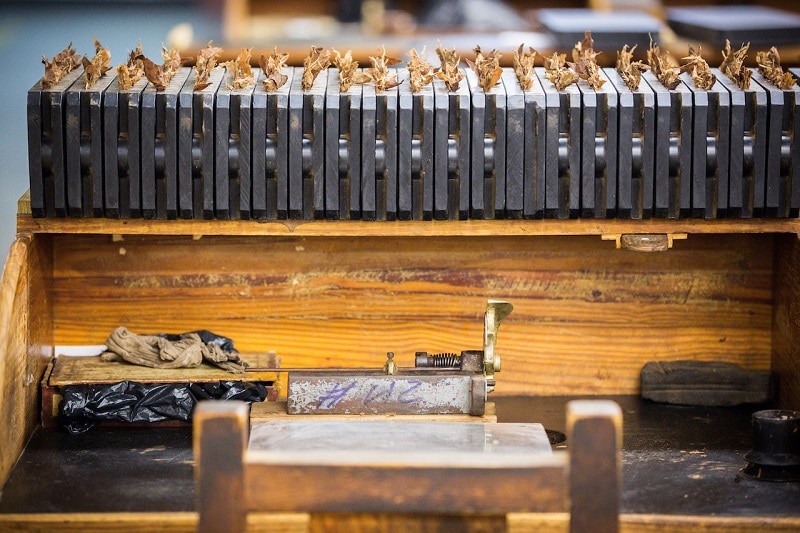Cigars
Cigars
The tasting of a cigar can be divided into several parts.
Visual part: it starts with the wrapper, or the outermost tobacco leaf. We analyze the color, the type and its characteristics (rough, smooth, oily ..).
Tactile part: by touching the cigar we verify the filling and if there are stems in the leaves that make up the filler (the part of leaves that is below the wrapper). The presence of these could cause irregular combustion and therefore problems during smoking.
Draw: after having punched, or cut the cigar, take some puffs to see how the draw is. It can be optimal, tight, too open, and so on. It must be said that the analysis of the draw is very subjective. Many smokers prefer a slightly tight draft compared to an open one.
Cold Draw: bringing the cigar to the mouth, you’ll take some puffs with the cigar not yet lit. There is a first bouquet of aromas that are defined in the Cold Draw. A Cold Draw identifies, as the word says, the aromas that are perceived when the cigar is cold, or unlit.
Flavors: after lighting the cigar, the main tasting begins, that is the aromas that are perceived by smoking the cigar. The first puffs represent the opening, that is how the cigar tastes after lighting it. Subsequently, proceeding in the smoke, the cigar is divided into three parts (or third): first third, second third and last third. During the smoke, the flavors that reach the palate are noted, both the main ones and those in the background. The strength of the cigar and its evolution must always be kept in mind as well.
Smoke and ash analysis: the quantity and type of smoke generated by the cigar is analyzed and, more importantly, the ash is analyzed as well. The ash gives a lot of information about the quality of the tobacco used. The compactness and color are the characteristics of the ash that are taken into consideration. Compactness is a sign of quality. The more compact the ash is, the more quality tobacco is used. The color, on the other hand, depends on the characteristics of the soil in which the tobacco was grown. In cigars that have several years of aging, the ash is usually lighter, tending to white.
Post smoke flavors: these are the aromas that remain on the palate, when you have finished the cigar. It is what is defined as persistence.
Smoke mechanics: a good cigar, once lit, should not require too many corrections. If its construction is good, it should not present problems that lead the smoker to have to re-light and correct (when the burn line is irregular).
Evaluation: considering all the analyzes described above, the cigar is rated. The judgment can be expressed in tenths, hundreds, medals … there are many methods. We use hundreds, in order to have a wider range of evaluation, and therefore to be able to distinguish cigars through a more detailed score.
Cigars: Guides
By clicking here you can have access to all our contents on cigars.


